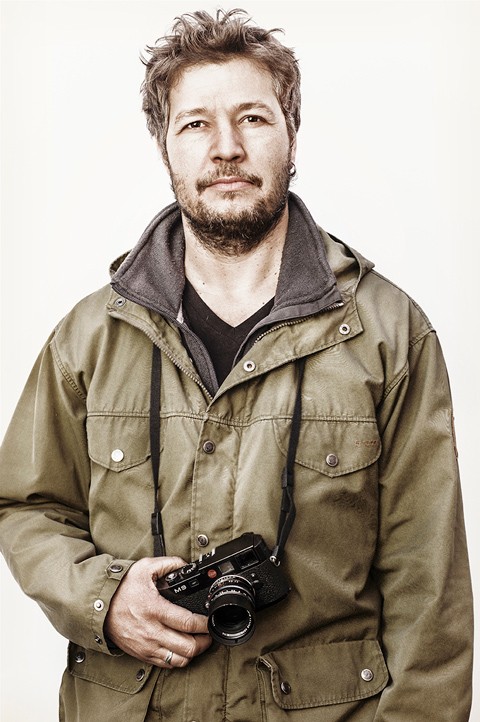Drake Passage
Drake Passage
Manuel Uebler
March 2, 2015
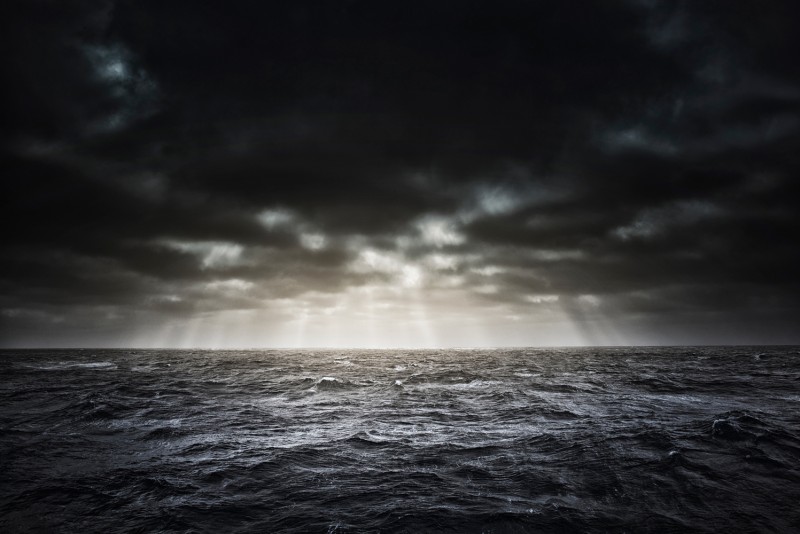
© Manuel Uebler
What was it like to cross through Drake Passage – the historic straits that Francis Drake discovered by chance when sailing around the world in 1580?
All kinds of images shoot through my mind whenever I come across a historic landscape. I see large, many-masted sailing ships, their sails plump with wind. Wood and ropes groan in the salty storm... a whale blows... Moby Dick... another ship sinks and the sailors drown in the unmerciful, icy waters...
With its strong currents, it's considered the most dangerous straits in the world. Were you afraid?
Luckily the Plancius is not dependent on sails and with its Ice Class III it's well armoured... that makes me feel safe. I won't drown... but what about sea-sickness? I'm a mountain man, in fact. I grew up in the Chiemgauer Alps, and as a child I already learnt about the dangers of the mountains. But on the high seas, in these waters? In this case I'm nervous, and I'm not alone, thank God. There's an experienced crew on board, mostly made up of Russians. They have the best experience in the Polar regions. The latest technology scans, navigates and warns us of anything that could be dangerous. I'm completely confident. Off we go. The Plancius heads out of the Beagle Canal and into Drake Passage. As soon as we leave the fjord I can feel the motion of the sea. I have stuck a plaster against sea-sickness behind my ear. But the waves are strong and pitiless. Hour after hour they thunder against the ship's iron hull. Despite medication it's hard to live. You lie on your bunk, your life jacket stuck between your feet and the foot board. My jacket is on the wall side and with every wave I slip back and forth. It's impossible to lie on your side because you would fall off the bed. With this kind of swell, going to get a cup of tea or to the bathroom becomes an agonising adventure. Anyone who doesn't absolutely have a job to do disappears. Everyone crawls onto their bunks and tries to sleep as much as possible. The sea-sickness plasters do help against vomiting but, in my case, they have considerable side effects. I have an extremely dry mouth, dizziness and my sight is impaired. I'm seeing double and I can't read any more, or work on my computer. I decide to flee forward... I grab my camera and lens.. outside on deck. All around there's water, nothing but water...
Indeendent of your physical condition, don't you lose the desire to photograph, or is the fact that you're only surrounded by water particularly appealing?
I try to connect with Drake Passage, I try to imbue the photographs with the mystical mood, and the fear of former generations of seafarers. Dark, cold, inexorable... Over there a streak of light on the horizon, hope, freedom, I can breathe. Wild water, with a structure that is reminiscent of old wood or slate. Fine, atmospheric light, soft colours, a special challenge for photographers. The powerful winds make the camera shake in your hands, the reeling of the ship make the use of a tripod impossible. We draw close to the Antarctic, after two days and three nights of relentless motion we break through the circumpolar current of the Antarctic. I take off the plaster and I feel myself coming back to life from one minute to the next. The effect of the medication diminishes and I can see clearly again, the sea gets calmer and the sun comes out.
On the horizon, the first great icebergs are lit up by the first beams of sunlight, and I feel like I've been reborn. I've awoken in a paradise on a foreign planet, indescribably beautiful and peaceful. The contrast couldn't be more extreme. I'm looking forward to the coming days, the Antarctic peninsula and my Leica.
Further information about the project at www.manueluebler.com.
Manuel Uebler+-
Born in Traunstein in 1975, Uebler began his photographic training in 1994, attaining his Master’s title in 2003. He worked in a black and white laboratory as camera assistant and media designer. He has been working as a commercial freelance photographer for companies such as Adidas, Bogner. Diesel and Armani since 2003. Published in Vogue, MBM (Mercedes Benz Magazin), Glamour and Instyle, among others. He carries out his own independent projects on a regular basis More

© Manuel Uebler
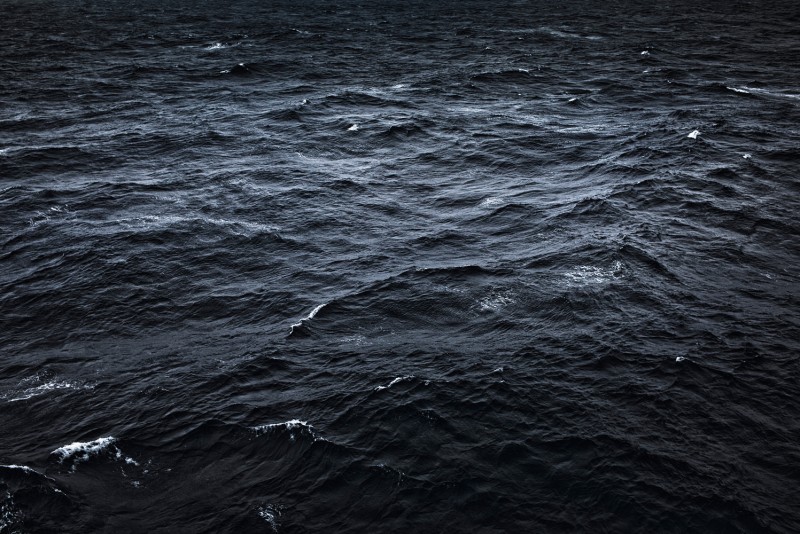
© Manuel Uebler

© Manuel Uebler
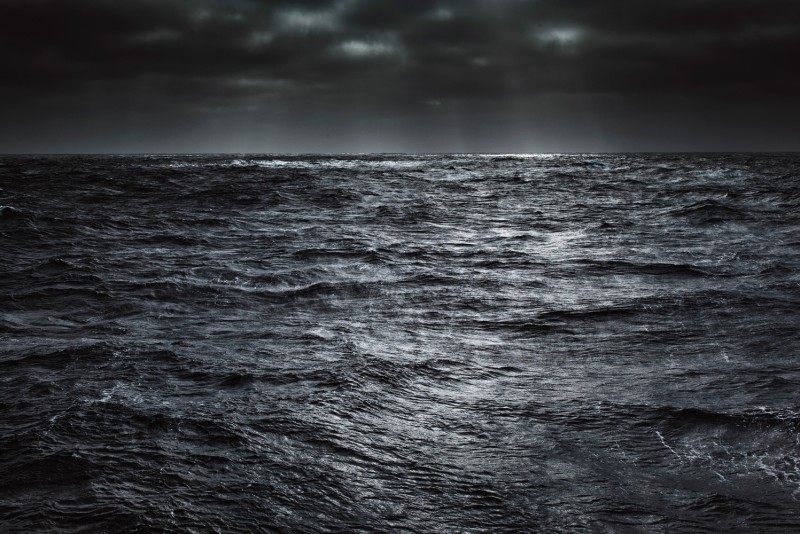
© Manuel Uebler
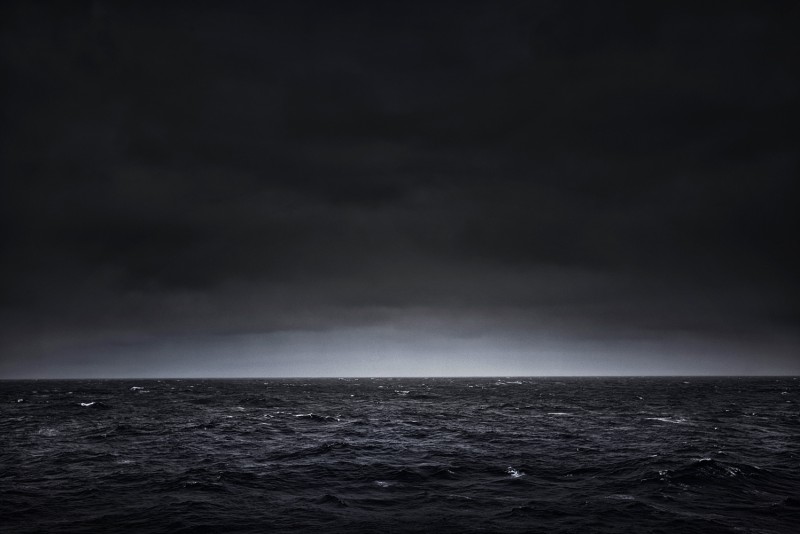
© Manuel Uebler
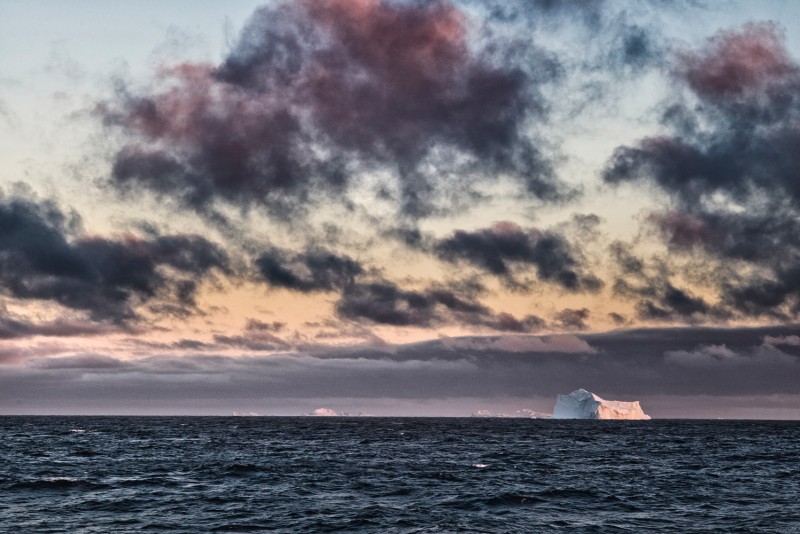
© Manuel Uebler
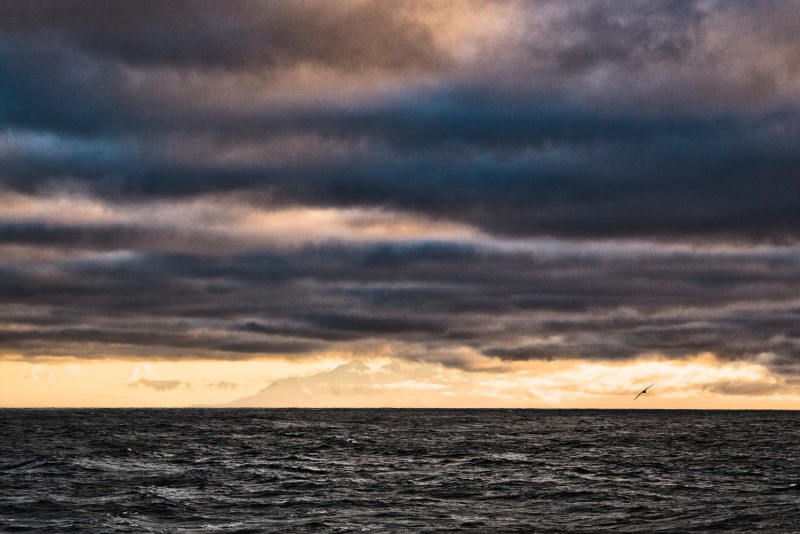
© Manuel Uebler
